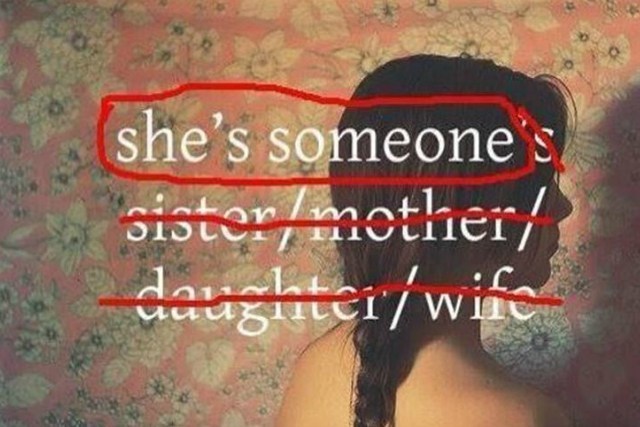In May, the issue of misogyny rippled through the internet after the recent shooting at UCSB. A gunman, crippled with loneliness, killed six and injured thirteen people in Santa Barbara, California. In a series of videos, the gunman, Elliot Rodger, unleashed a tirade of self-deprecation and misogyny, wondering why women weren't attracted to him. This latest shooting has revealed the frighteningly hidden levels of misogyny buried in Americans. Rodger has gained sympathy points all over the country as if being rejection is enough justification to for him to start a “war on women.”
In Rodger’s last video, he spoke about his loneliness. “I’m 22 years old and I’m still a virgin…. It’s not fair. You girls have never been attracted to me. I don’t know why you girls aren’t attracted to me, but I will punish you all for it. It’s an injustice, a crime…. I’m the perfect guy and yet you throw yourselves at these obnoxious men instead of me, the supreme gentleman.”
His words are so saturated with self-obsessed narcissism and insanity, but men everywhere found solace in Rodger’s misogynistic explications, which in turn started the Twitter hashtag, #NotAllMen. People would use the hashtag to separate themselves from Rodger’s action, saying that not all men are misogynistic psychopaths, so it’s wrong to assume all men are like that. It was a fair point, but it was ignoring a significant portion of the population that is misogynistic, that do blame women for their loneliness. Not only does it undercut the idea of feminism by creating this impression that feminists are dedicated to the annihilation of men, but it gives men an excuse to shy away from the glaring problems that people like Rodger pose to the fight for gender equality.
#notallmen practice violence against women but #YesAllWomen live with the threat of male violence. Every. Single. Day. All over the world.
— Soraya Chemaly (@schemaly) May 24, 2014
The hashtag, #YesAllWomen, took Twitter by storm. Women everywhere shared their experiences dealing with misogyny. They tweeted about the constant hyperawareness of their actions in order to protect themselves, such as having pepper spray in hand as you walk to your car in a parking deck. There were tweets criticizing the patriarchal dismissal of women saying no, such as having to say that you have a boyfriend in order to stop a man from hitting on you.
Because when we say "no", we have to consider the repercussions of that. In every context. #yesallwomen
— Christa Desir (@ChristaDesir) May 24, 2014
A significant aspect of Rodger’s ignorance that speaks wonders about his twisted mindset is his view of women as one whole being. “You girls,” he repeatedly says, as if all the girls in the world conspired to give him a lifetime of loneliness. Perceiving women as all the same people with the same thoughts and same personalities will impact the way you interact with them. Rodger’s perception of love as the be-all-end-all is that a woman’s only purpose in life is to be attached to a man. The objectification of women puts that part of the population on a pedestal and if they fail to reach it, misogyny worsens.
"UNFAIR! NOT ALL MEN!" Imagine a bowl of M&Ms. 10% of them are poisoned. Go ahead. Eat a handful. Not all M&Ms are poison. #YesAllWomen
— Martin Wagner (@wagnerfilm) May 26, 2014
It’s true that not all men are like Rodger. No one with a functioning mind would think that a psychopath speaks for men all over the world. Not all men are alike. But at the same time, we need to start assuming the same for women.
Photo Credit: Anita Finlay


